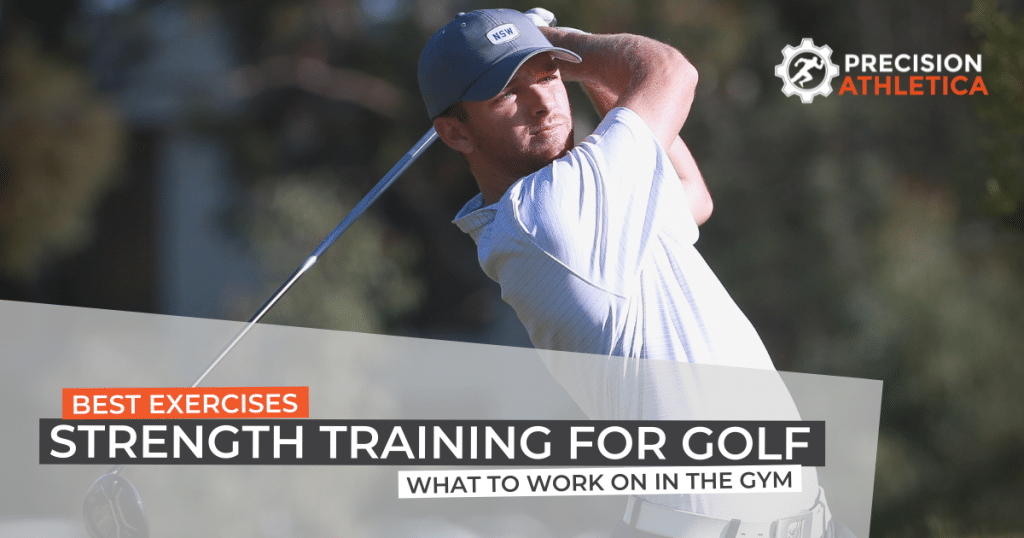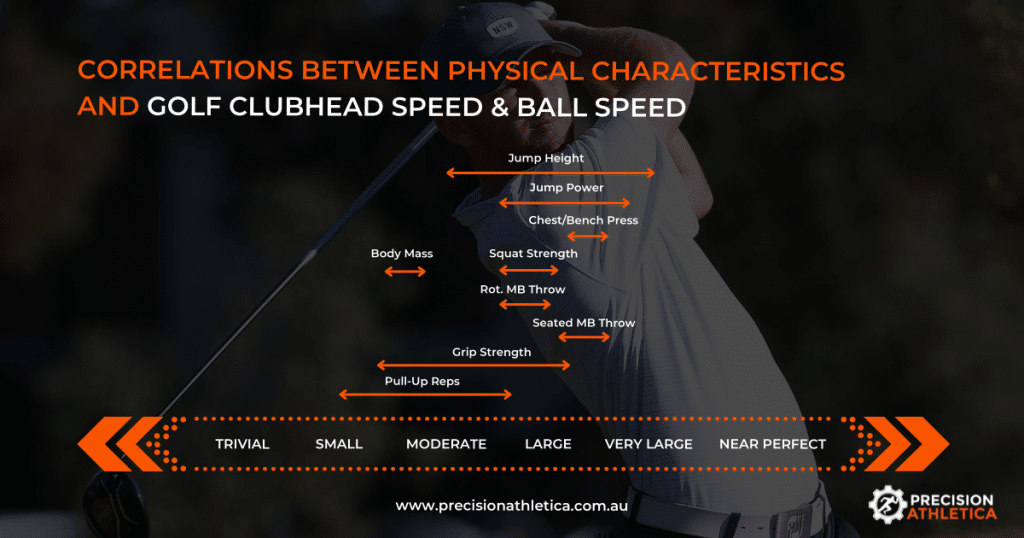Golfers at the top level are hitting the ball further and further, clubhead speed is increasing, players are becoming stronger and more athletic than ever before and the benefits of distance have never been more in the news than they are now. So, with all of that comes the obvious conclusion that golfers (of all levels) could benefit from improved golf strength training and fitness.
But, if you’re a golfer who is not an experienced ‘lifter’, what should you be working on in the gym to improve your golf performance?






